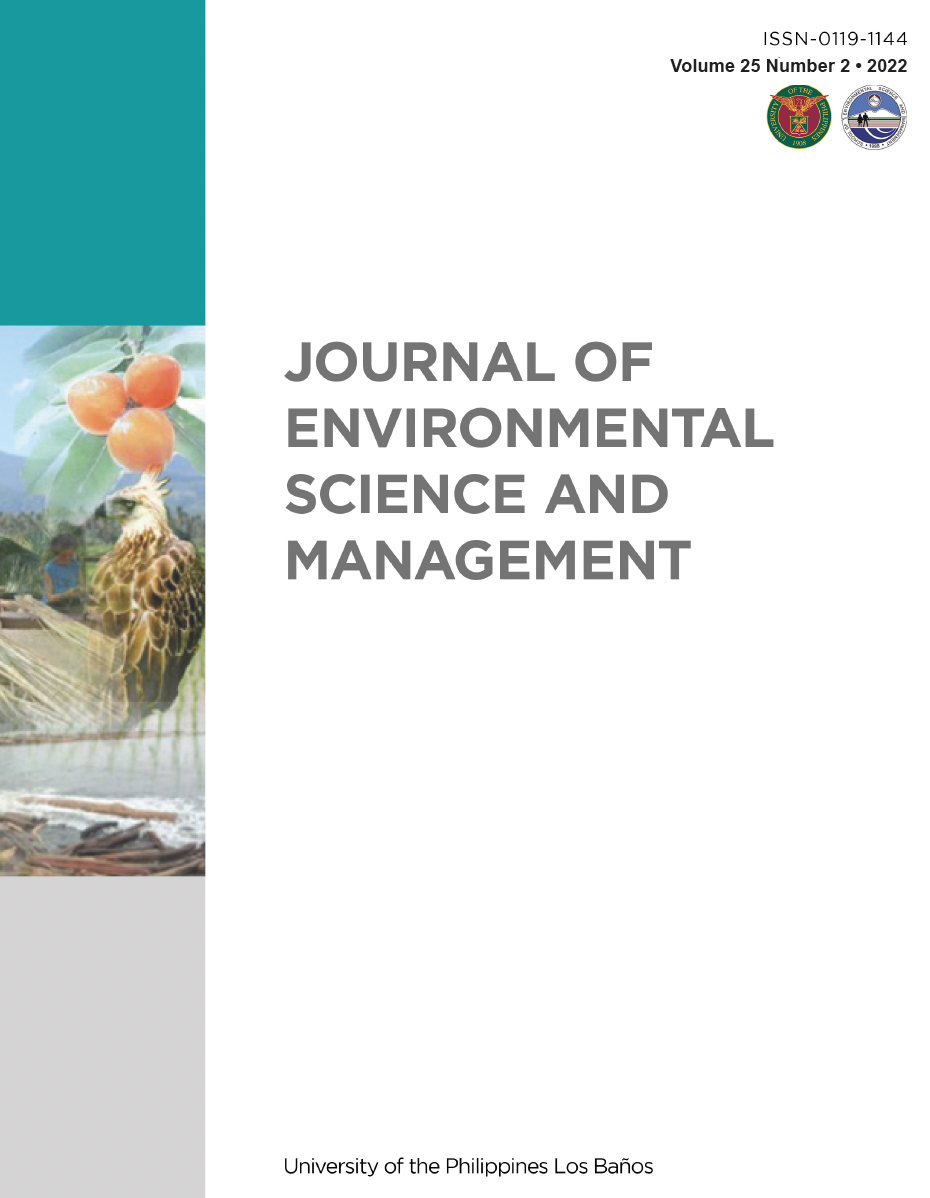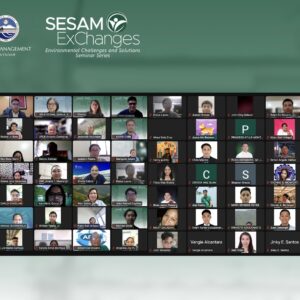JESAM December 2022 highlights environmental conservation and restoration
The Journal of Environmental Science and Management recently released its 2nd issue for Volume 25 that includes papers that discuss thematic topics on flooding adaptation and climate change policy; heavy metal toxicity; technologies for restoration of polluted land; and setting up of water quality criteria for protection of aquatic ecosystems, among others.
Utilization of social capital for adaptation in the communities of Bay Municipality in Laguna, Philippines was tackled in a paper which highlights that financial and social services and close community ties result to apparent adaptability and strengthened adaptive capacity. On the other hand, a review paper conveyed that Turkish governance culture is not embedded in their climate policy innovation processes posing a challenge in its coherence, ownership and execution involving multi-stakeholders.
The latest issue also included articles on recent advancements in environmental pollution studies including heavy metal phytoremediation in contaminated soils using potential species. Tolerance of M. floridulus to Cu and Pb stress was observed on a study that probed the potential use of the plant species for phytoremediation of heavy metal contaminated soil. On the other hand, the use of native tree species in Hungary for phytoremediation of a mined-spoiled soil was presented demonstrating potential for hyperaccumulation, phytostabilization and phytoextraction with a recommendation for further research on uptake of various pollutants.
The importance of ecological risk assessments and environmental monitoring were highlighted in two papers. The potential of several species as bioindicator for lead was investigated where a parasite found in Nile Tilapia, Acanthogyrus sp., has the highest accumulation capacity and showed potential as bioindicator. On the other hand, water quality criteria thresholds for emerging contaminants perfluorooctanic acid (PFOA) and perfluorooctane sulfonate (PFOS) was derived using assessment factors and species sensitivities distributions of local species ecotoxicity data. The said paper presented basis for regulation and risk assessment for aquatic ecosystem protection that may be utilized not only for PFOA and PFOS but can be replicated with other contaminants.
Various methods on ecological conservation and restoration were presented in other papers. The optimal locations of plus and mother trees species in Mt. Banahaw in Lucban, Quezon, Philippines as production areas for National Greening Program was mapped-out. While another paper quantified recreational benefits for Consocep Mountain Resort conservation in Tigaon Municipality of Camarines Sur using valuation method as seen beneficial for proper resource management.JESAM is an international refereed scientific journal indexed by Web of Science and Scopus produced semi-annually by the University of the Philippines Los Baños School of Environmental Science and Management. JESAM is among the five Philippine-based journals included in the 2021 Clarivate Analytics Journal Citation Report with current Impact Factor of 0.326. JESAM accepts submission of research articles on environmental topics and issues. Full articles in this issue may be accessed at Journal of Environmental Science and Management (uplb.edu.ph). (CBGigantone)







